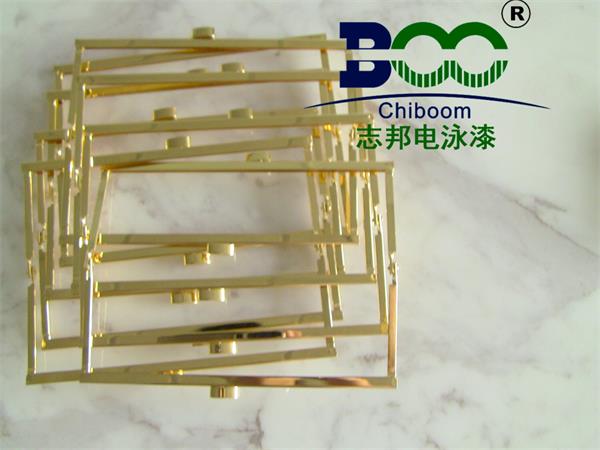A Comprehensive Reveal of Poor Electrophoretic Paint Performance: Have You Encountered These "Mishap Scenes"?
In the manufacturing fields of automobiles, household appliances, hardware, and more, electrophoretic paint has become a mainstream coating process due to its high corrosion resistance, strong adhesion, and environmental friendliness. However, in actual production, "mishap scenes" of electrophoretic paint films are not uncommon - from surface flaws to performance defects, these issues not only lower the product's appearance but may also bury hidden quality risks. This article will delve into the common poor performances of electrophoretic paint to help you accurately avoid pitfalls.

If the surface of the electrophoretic paint film feels rough with hard particles, it's like having a "pockmarked face" that affects the appearance. This is often a direct consequence of poor management of the paint bath. Factors such as a high pH value in the paint bath, a failed filtration system, and contamination in the drying chamber can all lead to resin precipitation, dust mixing in, or oil contamination. For example, an automobile factory experienced a 15% increase in rework rate due to dense particle accumulation on the car body caused by debris building up in the "dead corners" of the paint bath circulation system. Additionally, significant fluctuations in the pH value of the paint bath can also cause problems such as reduced gloss and corrosion resistance of the paint film. To address this, companies need to establish a real-time monitoring system for parameters such as pH value, solid content, and temperature of the paint bath, regularly calibrate equipment parameters, upgrade the filtration system to a precision of 25μm, and strengthen the cleaning of the drying chamber to eliminate particle contamination at the source.
Pinholes and craters are the "invisible killers" of electrophoretic paint films. Craters resemble volcanic crater-like depressions with a diameter of 0.5 - 3mm, mostly caused by oil contamination, dust mixing into the paint bath, or poor degreasing in the pre-treatment process. Pinholes, on the other hand, appear as needle-tipped small holes and can be induced by factors such as a low temperature of the paint bath, excessive voltage, or redissolution of the wet film. A household appliance factory saw a 30% increase in the crater rate of its products due to oil in the compressed air, while a hardware factory experienced a 15% increase in the pinhole defect rate because the paint bath temperature was below 28°C. To solve this problem, companies need to strengthen the pre-treatment degreasing process, strictly monitor the temperature and voltage of the paint bath, and regularly replace the compressed air filter to ensure that process parameters remain within the optimal range.
Abnormal film thickness is a typical manifestation of poor process execution. A thin film thickness is often due to a low solid content in the paint bath, insufficient voltage, or a low temperature. An excessively thick film thickness, on the other hand, may be caused by excessive voltage or aging of the paint bath. An electronics factory experienced a ±20% fluctuation in the film thickness of its products due to a lack of regular testing of the solid content of the paint bath, which severely affected the corrosion resistance. To address this issue, companies need to establish a real-time monitoring system for parameters such as solid content, temperature, and voltage of the paint bath, regularly calibrate equipment parameters, and dynamically adjust process parameters based on product requirements to ensure uniform film thickness.
Secondary runs are the "aftermath" of poor workpiece design or paint bath management. If a liquid paint run appears in the crevices after the wet electrophoretic paint film is dried, it is called a secondary run. An automobile parts factory experienced frequent secondary runs on the rearview mirror brackets, requiring additional grinding processes, due to a lack of optimization of the workpiece drainage structure. To avoid this problem, companies need to fully consider the drainage of the workpiece during the design stage to prevent water accumulation. At the same time, they should strengthen the management of the paint bath and rinsing liquid to prevent secondary contamination.
The quality of electrophoretic paint films is a comprehensive reflection of process, equipment, and management. Companies need to control the quality of the paint bath at the source, strengthen equipment maintenance and process execution, and establish a sound quality traceability system to achieve steady improvement in coating quality and endow products with lasting protection and excellent appearance. Only by accurately identifying the root causes of defects and systematically implementing improvement measures can companies avoid "mishap scenes" and make electrophoretic paint truly an "invisible armor" for product quality.





 WeChat
WeChat